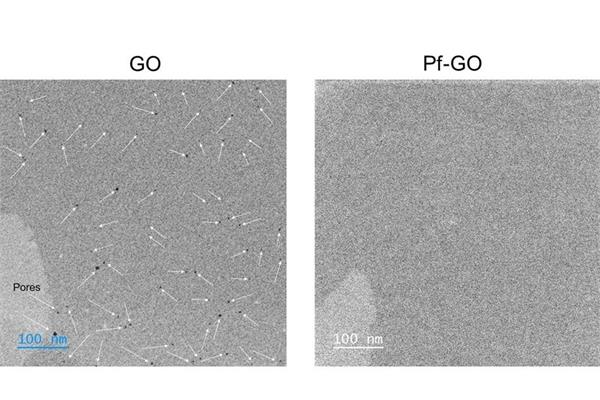
The research will help to develop the next-generation of coatings with enhanced protective properties.
A research team from the Kumamoto University (Japan) has recently announced that it has developed a hydrogen ion barrier film using graphene oxide (GO) that lacks internal pores, marking significant advancements in protective coatings for several applications and industries.
In the study led by professor Shintaro Ida from the Institute of Industrial Nanomaterials and the assistant professor Kazuto Hatakeyama, the researchers have successfully synthesised and developed a thin film from a new form of graphene oxide that does not contain pores.
Traditionally, graphene oxide has been known for its high ionic conductivity. However, by eliminating the internal pores, the team created a material with improved hydrogen ion barrier properties. The new film exhibits up to 100,000 times better hydrogen ion barrier performance, compared to conventional solutions.
The development has been further confirmed in other experiments, where the non-porous graphene oxide coating has effectively protected a lithium foil from water droplets, preventing any reaction. The research team has also confirmed that hydrogen ions move through the pores in conventional film, highlighting the significance of eliminating them to enhance barrier capabilities.
“Moving forward, we plan to harness the hydrogen ion barrier performance for practical applications, while also addressing the challenges posed by the pores in the graphene oxide structure to unlock additional functionalities,” has stated Hatakeyama.